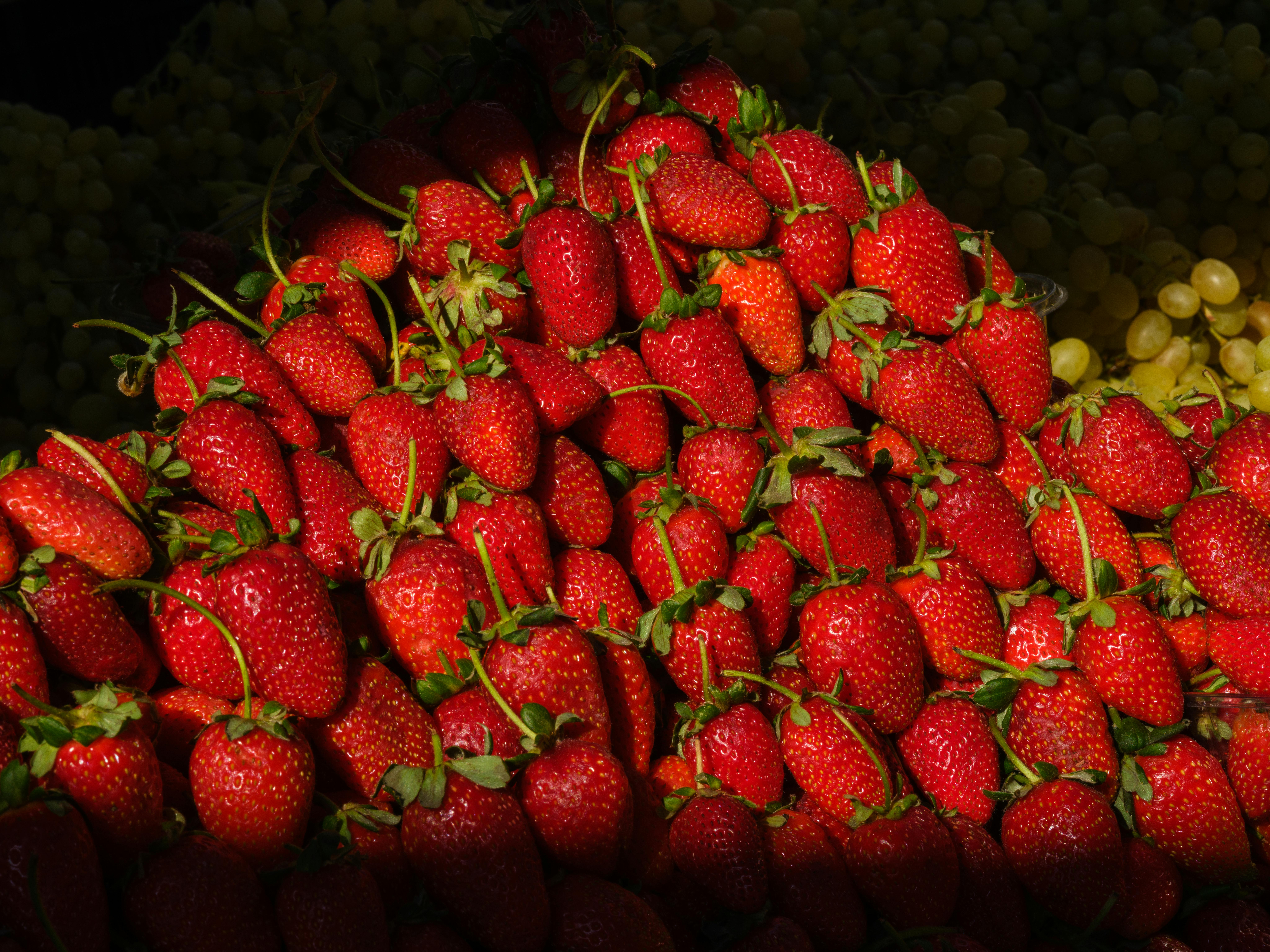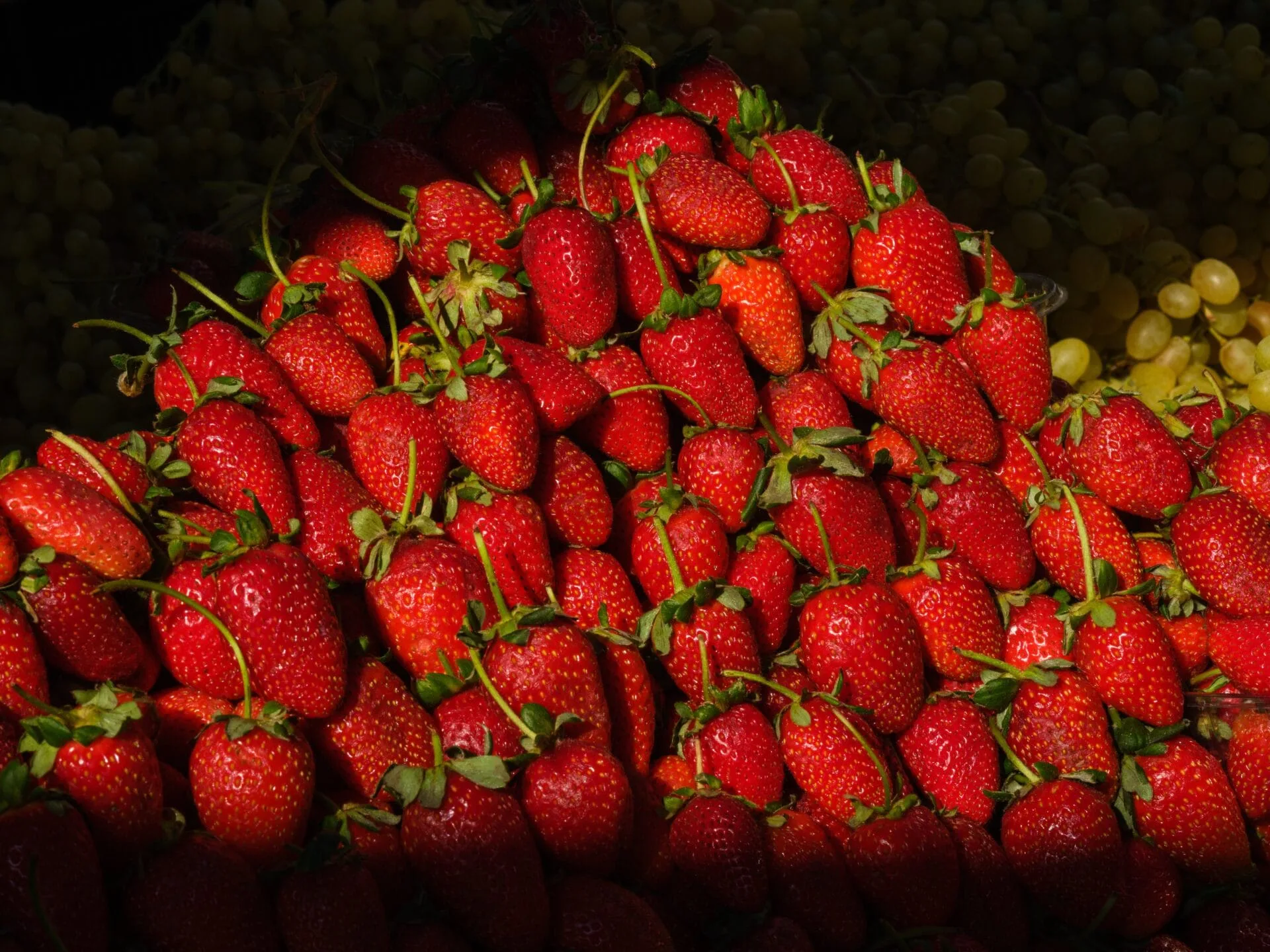Are you growing strawberries but not seeing any fruit? It’s a common issue for gardeners, but there are several potential causes and solutions. In this article, we’ll explore why your strawberries may be failing to produce fruit and what you can do to remedy the situation.One of the most common reasons why strawberries are not producing fruit is due to inadequate pollination. Strawberries require cross-pollination from bees or other pollinators, and if these pollinators are not present, the flowers will not be fertilized and will not produce fruit. Additionally, inadequate sunlight can also be a factor in preventing strawberry plants from producing fruit. If the plants are not receiving enough sunlight, they may be unable to produce enough energy to create flowers and fruits. Over-fertilization or planting in an area that has poor soil drainage can also inhibit fruit production. Finally, if the plants are too crowded, they may not have adequate room to grow and develop flowers and fruits.
Soil Requirements for Growing Strawberries
Strawberries are easy to grow and require only a few simple requirements. In terms of soil, strawberries need a fertile, well-drained soil that is slightly acidic with a pH of 5.5 to 6.5. A sandy loam type of soil is ideal for growing strawberries as it provides good drainage and holds the moisture necessary for healthy growth. Strawberries also prefer slightly alkaline soils, but they must be amended with compost and organic matter to maintain the right acidity level for optimal growth.
When preparing the soil for planting, it is important to add plenty of organic matter such as compost or aged manure. This will help improve the fertility of the soil and ensure that the plants have access to all the nutrients they need to thrive. It is also important to till or spade the soil before planting as this will help aerate the soil and create pathways for water and nutrients to reach the roots of the plant. Additionally, it is important to make sure that any weeds are removed from the area before planting, as these can compete with the strawberry plants for resources.
Once planted, strawberries should be watered regularly so that their roots have access to moisture throughout their growing season. They should also be fertilized every couple of weeks with a balanced fertilizer such as 10-10-10 or 5-10-5 in order to ensure optimal growth and production. Additionally, mulching around strawberries can help retain moisture in dry climates and reduce weeds in wetter climates. With proper care, strawberry plants will produce delicious fruit in just a few months time!
Insect and Disease Problems Affecting Strawberry Plants
Strawberry plants are susceptible to a variety of insect and disease problems that can damage the plants and reduce fruit production. Common insect pests include aphids, spider mites, thrips, and caterpillars. Aphids feed on the sap of the plant’s leaves, causing them to become stunted and curled. Spider mites also feed on the sap of the plant’s leaves, causing them to become yellowish in color. Thrips feed on flower petals and can cause flowers to drop or fail to open. Caterpillars can feed on the foliage of strawberry plants, leaving behind holes in leaves.
In addition to insects, strawberry plants may also be affected by a variety of diseases. Common diseases include gray mold, anthracnose, leaf spot, and root rot. Gray mold is caused by a fungus that affects young fruits and foliage. Anthracnose is caused by a fungus that affects both foliage and fruits. Leaf spot is caused by a fungal infection that causes dark spots or rings on leaves. Root rot is caused by too much moisture in the soil which can lead to rotting roots and reduced yield of fruit production.
In order to prevent insect or disease problems from occurring in strawberry plants it is important to practice good garden hygiene such as removing any dead or diseased foliage from the area as soon as possible and providing adequate drainage for waterlogged soils. Additionally, it may also be beneficial to apply an appropriate pesticide according to local regulations for controlling insect pests or fungicides for controlling fungal diseases if needed.
Different Types of Strawberry Varieties and Their Harvest Times
Strawberries are a popular, sweet fruit that is enjoyed by many people around the world. There are a variety of different strawberry varieties available, each with their own unique characteristics and harvest times.
The most common type of strawberry is the June-bearing variety. This type of strawberry produces a single large crop that ripens in late spring or early summer, typically around June. The berries are large and firm with a sweet flavor. Examples of June-bearing varieties include Earliglow, Allstar, and Jewel.
Another popular type of strawberry is the day-neutral variety. These strawberries produce an abundant crop throughout the season from spring to fall. The berries tend to be smaller in size but still have a sweet flavor. Examples of day-neutral varieties include Seascape, Tristar, and Tribute.
There are also everbearing strawberries that produce two crops over the course of the growing season – one in late spring or early summer and another in late summer or early fall. These strawberries tend to be smaller than other types but still have a sweet flavor. Examples of everbearing varieties include Fort Laramie, Albion, and Ogallala.
Finally, there are alpine strawberries which produce small red berries with an intense flavor throughout the summer months until frost hits in fall or winter. These berries have an especially strong aroma and taste great when eaten fresh off the plant or used for making jams or jellies. Examples of alpine varieties include White Soul, Fraises des Bois, and Mignonette White Alpine Strawberry.
No matter what type of strawberry you choose to grow in your garden, it’s important to note when each variety will be ready for harvest so you can enjoy them at their peak ripeness!

Conclusion
Strawberry plants are a popular choice for many gardeners due to their short growing season and sweet fruits. However, if your strawberry plants are not producing fruit, there are a few potential causes to consider. These could include the age of your plants, low soil fertility, improper pollination, and poor pruning practices. Taking the time to assess the health of your plants and address any issues can help ensure you get a successful harvest of strawberries from your garden.
Ultimately, understanding why your strawberry plants may not be producing fruit will help guide you toward making any necessary adjustments so you can enjoy a delicious bounty of homegrown strawberries in the future.



